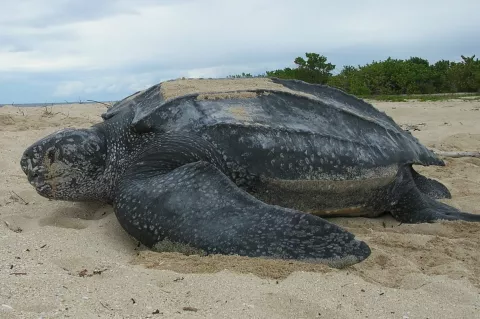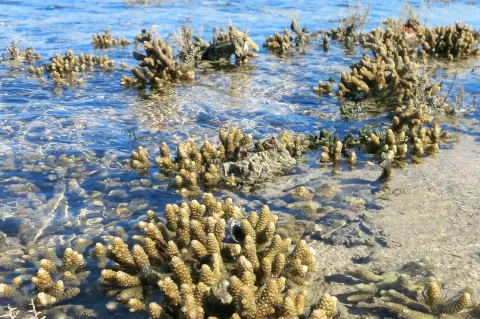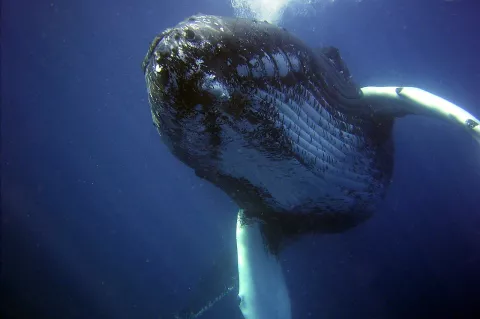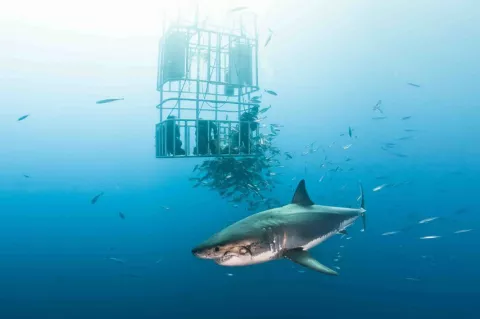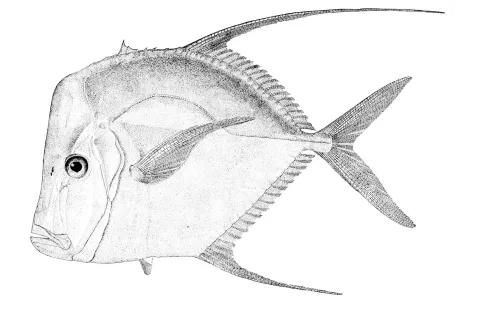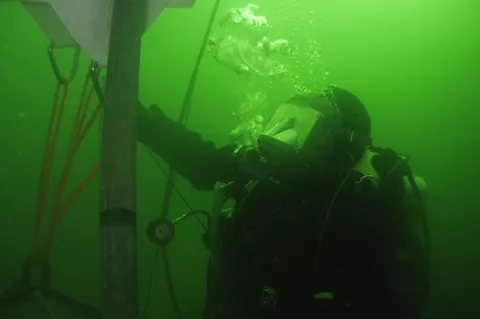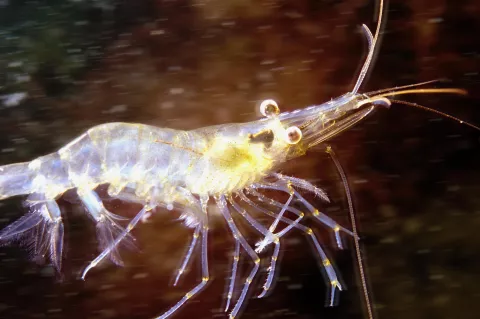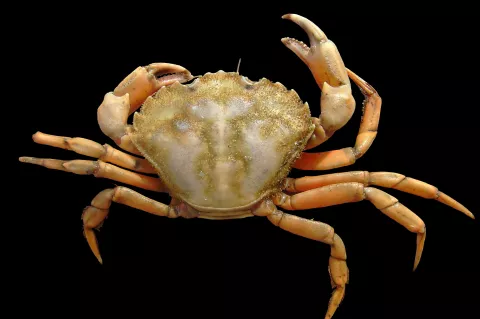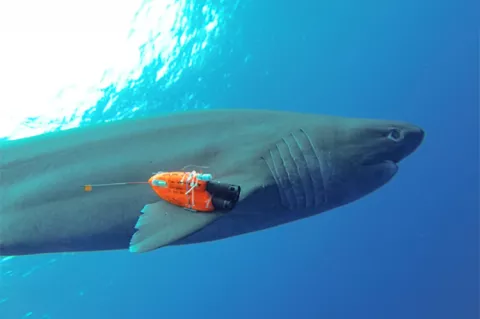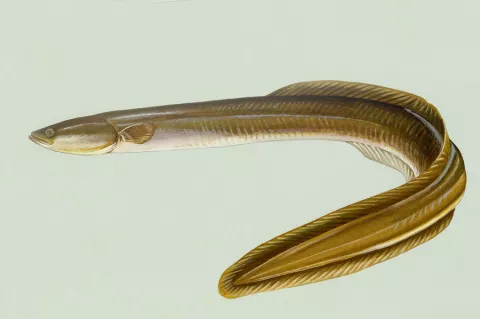Leatherbacks picky about nest sites
A team of researchers from the University of Michigan focused on leatherback sea turtles nesting on St. Kitts, an island in the West Indies southeast of Puerto Rico. The team wanted to know what factors influence where and when the leatherbacks lay their eggs.
It has been suggested that characteristics of the sand, the slope of the beach and proximity to vegetation contribute to the success or failure of nests, but which factors cause female leatherback sea turtles to dig a nest in a particular spot has never been investigated.
- Read more about Leatherbacks picky about nest sites
- Log in to post comments

